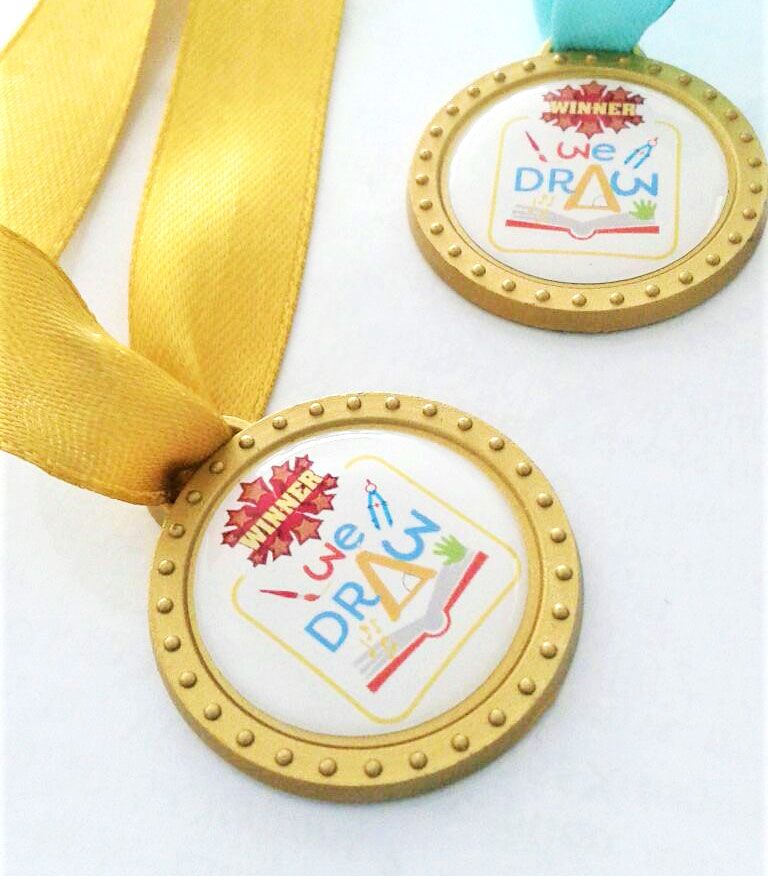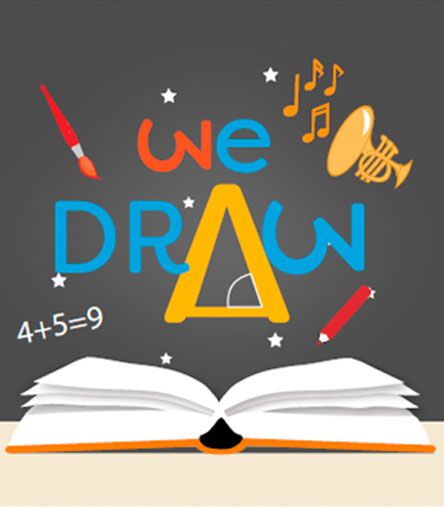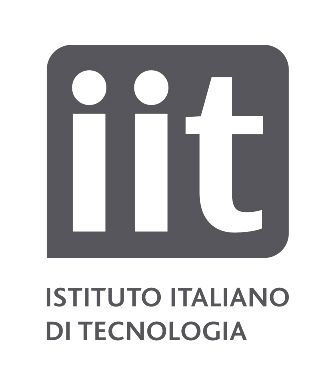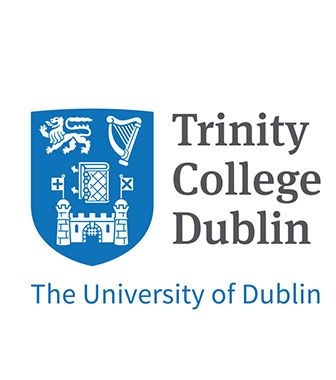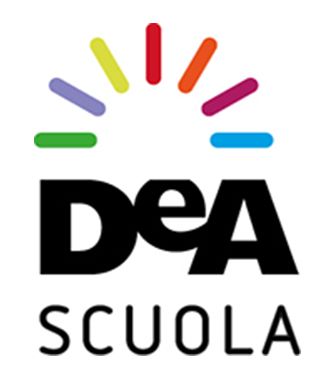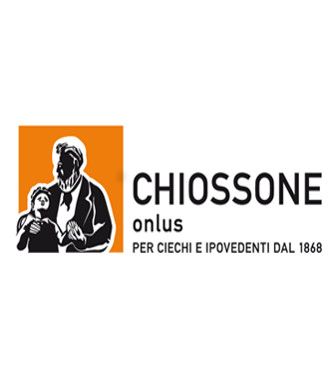Welcome to
weDRAW
The weDRAW project comes from the renewed neuroscientific understanding of the role of communication between sensory modalities during development: specific sensory systems have specific roles to learn specific concepts.
Starting from these results, in weDRAW we develop a multisensory technology and three serious games that will exploit the best modality for learning arithmetic and geometrical concepts.
9 PARTNERS
5 COUNTRIES
2,4 M€ FUNDING
OUR CHOICES
Arithmetic and Geometry
Music and drawing
Arithmetic and geometry are at the foundation of Science, Technology, Engineering and Mathematics. They are universally included in primary school programs, using commonly a teaching approach that is primarily based on the visual modality. However, the crucial arithmetical and geometrical concepts (e.g., counting, measuring distances) are heavily grounded on other modalities (audition, touch) and naturally linked to artistic expressions.
The relationships of crucial components of music such as pitch and melody, tempo and rhythm, harmony with numbers and fractions, has been recognised since ancient times. The application of geometry in drawing and painting is widespread in all ages (since the Renaissance studies on perspective to contemporary art, e.g. cubism).
SERIOUS GAME
Technology opens new avenues for creativity
A child with the serious games can create new sounds by manipulating existing sounds according to the application of arithmetical rules; can double or halve the pitch, can add or subtract harmonic components, can increase or reduce density. The system of a serious game can also record and make available all the sounds the child has created and enable further extensions and modifications to them.
The teacher can act as a coach by supporting the child in this creative experience, by providing the child with a palette of initial sounds (chosen within a large database of high-quality sound samples), by customizing thesystem for optimizing the child’s experience. All of that would be much more complex and much less flexible to do with traditional instruments.
The teacher can act as a coach by supporting the child in this creative experience, by providing the child with a palette of initial sounds (chosen within a large database of high-quality sound samples), by customizing thesystem for optimizing the child’s experience. All of that would be much more complex and much less flexible to do with traditional instruments.
Learning paradigm
An innovative approach to learning
The adoption of an embodied and enactive learning paradigm allows to apply the same learning paradigm to both typically developed and impaired children, thus reducing differences and barriers. Enactive knowledge is not simply multisensory mediated knowledge, but knowledge stored in the form of motor responses and acquired by the act of doing. A typical example of enactive knowledge is the competence required by tasks such as typing, driving a car, dancing, playing a musical instrument, and modelling objects from clay, which would be difficult to describe in an iconic or symbolic form. An embodied and enactive approach is more direct, in the sense that it is natural and intuitive, since it is based on the experience and on the perceptual responses to motor acts.
More into weDRAW
CONTEXT
In the last years, the use of multisensory technology for teaching has been increasingly used in the classroom. Whilst there has been a significant effort in developing technologies (such as tangible, sensor, and mobile technologies in the context of whole-body interaction and embodied interaction for learning), to date none of them sufficiently exploited multisensory integration for teaching and, in particular, none of them has taken into consideration these latest scientific results in its development. Current technologies do not still sufficiently ground on psychophysics and pedagogical evidence. In the last few years, researches have provided a renewed understanding of the role of communication between sensory modalities during development.
STARTING POINT
weDRAW starts from the idea that that child has a preferential sensory channel to learn specific properties and that the visual signal is not always the more powerful and effective channel. Scientific studies show that specific sensory systems (such as vision or audition) have specific roles for specific perceptual properties. While vision is crucial for spatial perception, the audition is fundamental for temporal perception. Both space and time are strictly related to geometrical and arithmetic concepts.
Today, at school, the visual channel is often the one most frequently exploited sensory modality for teaching while the other channels have a marginal role only.
CHALLENGES
The weDRAW project proposes to create and evaluate a novel technology for deeper learning of arithmetic and geometry grounded on these novel scientific discoveries and based on the use of multiple sensory modalities. In particular, weDRAW propose to open a new teaching/learning channel, personalized for each student, based on multisensory interactive technology (i.e., audio, tactile motor and visual), including a hardware and software platform to support this approach and three serious games to evaluate it.
INFOWeDRAW APPROACH
Scientific and Pedagogical Objectives
The scientific objectives include the study of motor skills of children between 6 and 10 years of age, the definition of the sensory modality to be used to better mediate the learning of geometrical and arithmetic skills and the identification of modalities for children with visual impairment and dyslexia.
The pedagogical objectives include the definition of a framework for teaching and learning arithmetical and geometrical concepts with primary school children, the application and evaluation of this framework to both typically developing and dyslexic and visual impaired children, in order to overcome barriers and promote social inclusion of impaired children.
INFOTechnological Objectives
Finally, the technological objectives are the development of a library of software modules for analysis of nonverbal motoric expressive and social behavior and for the analysis of multimodal (tactile, motor) analysis of nonverbal behavior to capture the child’s learning-related affective states.
INFOOutcomes
The final technological outcome of weDRAW will be the development of an integration hardware and software platform, integrating the above-mentioned libraries and supporting design and development of three serious games. The first serious game concerns learning arithmetic the second one addresses learning geometry through drawing, and the third one is a proof-of-concept of shared and social learning, for groups including typically developed and impaired children. As a general outcome of the project, weDRAW proposes to highlight, with this new approach, possible developmental problems (i.e. dyslexia) in elementary school children.
Our Activities
Launched in January 2017, weDRAW is a project funded under Horizon 2020 Research and Innovation Programme, Topic Technologies for Learning and Skills (ICT-22-2016), whose main aim was to address Technologies for deeper learning of Science, Technology, Engineering, Mathematics, combined with Arts (STEAM), by improving the innovation and creative capacities of learners and supporting the new role of teacher as a coach of the learner.

